Africa Fashion Week Middle East (AFWME) was founded by three entrepreneurial women with a love of, and years of experience in the fashion industry. Their vision is one that connects Africa, the Middle East, and their respective diaspora by celebrating diversity, untold stories and the endless connection between the regions through fashion, art and culture. Their long-term goal is to create a sustainable platform for creatives that explores opportunity, fosters expression and harnesses talents within the region.
The three powerhouse women behind this ambitious undertaking are
- Aser Levron, a strategic communication specialist and a storyteller at heart,
- Badrriya Henry, a fashion business consultant and founder of Fashion Foresight,
- Dina Yassin, fashion stylist and designer, and founder and creative director of Efro and Co.
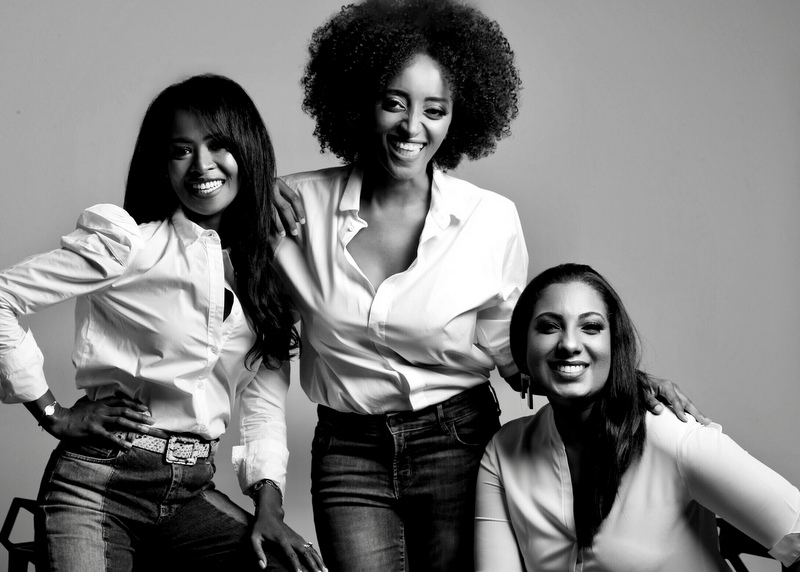 Aser Levron, Dina Yassin and Badrriya Henry, founders of AFWME. Image supplied by Dina Yassin
Aser Levron, Dina Yassin and Badrriya Henry, founders of AFWME. Image supplied by Dina YassinEvents
AFWME’s main event is planned for later in 2020, but they have already started with smaller events, talks, discussions, and creative dialogues with a range of specialists and creatives in the region.
Our founder, Dr Reem el Mutwalli was one of the speakers at their
Afro & Arab Futurism discussion in February. Although we at The
Zay
Zay: (Arabic: costume, Pl. azyaā’), a set of clothes in a style typical of a particular country or historical period. Initiative spend our time and energy on preserving the past, we treasure the opportunity to work with and be involved in the future of fashion in the region.
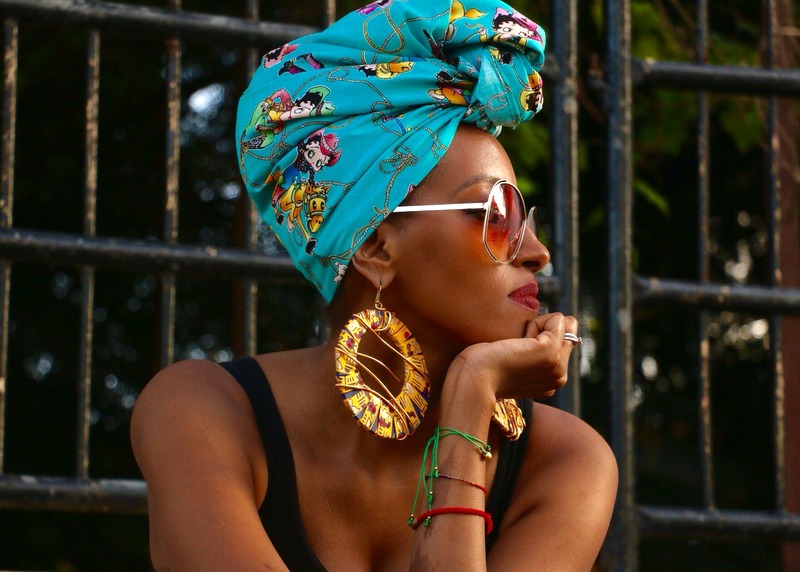 Dina Yassin. Image supplied
Dina Yassin. Image suppliedInterview
We sat down with founder, Dina Yassin to discuss how we as protectors of heritage and they as trailblazers for the future can work together to build a new heritage:
How do you see the overlap or symbiosis between African and Arab fashion, both from a historical and a current/future perspective?
"The relationship between Africans and Arabs dates to 200 B.C. It was a rather interesting relationship where both parties have been conquerors and liberators, traders and purveyors of new ideas. Despite the disruptive developments of their relationship in later years, both have benefitted greatly from and impacted one another through various means such as jewellery, textiles, spices, land, arts, music, and more. Today, we see the further progression in their relationship through the usual business patterns as well as economic, sustainability and political relations. Due to these previous coalitions, the overlap between these two regions’ fashion is inevitable."
As a fashion stylist and designer, what is your take on the importance of documenting historical fashion and the culture of dress for fashion students or future fashion designers and the current fashion industry?
"Through my many years’ experience and involvement within the industry, not only as a stylist and designer but in other fields as well, I find the importance of documentation crucial, especially in historical fashion and culture of dress. This is beneficial to fashion students, designers, researchers, and the industry as a whole because it helps unveil stories and track continuity and cohesiveness as well as discovering new patterns through both cultural and historical evidence. Understanding all this will only allow us to handle clothing and design information with care while leaving behind our rightful legacy, as it should be."
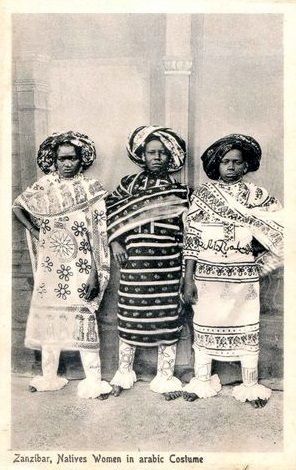 Arab dress influence in East Africa. Image supplied by Dina Yassin
Arab dress influence in East Africa. Image supplied by Dina Yassin
AFWME focus on Afro and Arab Futurism and sustainability. Why do you think it is still important to collaborate with conservation programs like The
Zay
Zay: (Arabic: costume, Pl. azyaā’), a set of clothes in a style typical of a particular country or historical period. Initiative? What do you think we bring to your table, and why is it important?
"Collaboration is an essential tool in both the business and creative worlds. It is an esteemed means to encourages growth through self-awareness, bringing people from everywhere together to learn from each other. It opens new channels for communication, boosts morale and makes us more efficient. The Zay
Zay: (Arabic: costume, Pl. azyaā’), a set of clothes in a style typical of a particular country or historical period. Initiative has a notable archive of historical textiles, clothing and accessories from the region and North Africa from which we could learn a lot, and possibly work together to share this valuable information with our guests and followers through our various activations which we hope to launch throughout the year. I honestly believe it can be a win/win situation for both AFWME and The Zay
Zay: (Arabic: costume, Pl. azyaā’), a set of clothes in a style typical of a particular country or historical period. Initiative."
Why do you think it is so important to have an African Fashion Week in the Middle East, and the UAE, specifically? How is it different from, say having it in New York, London, or Paris?
"The UAE is the perfect transient place that is very accessible to many from all corners of the world. To host a prestigious Africa Fashion Week event in this region will attract many great people and opportunities for growth in the future, hopefully marking the region as a fashion capital in fashion week calendars as well as reigniting the origins of the historical Afro-Arab relationship."
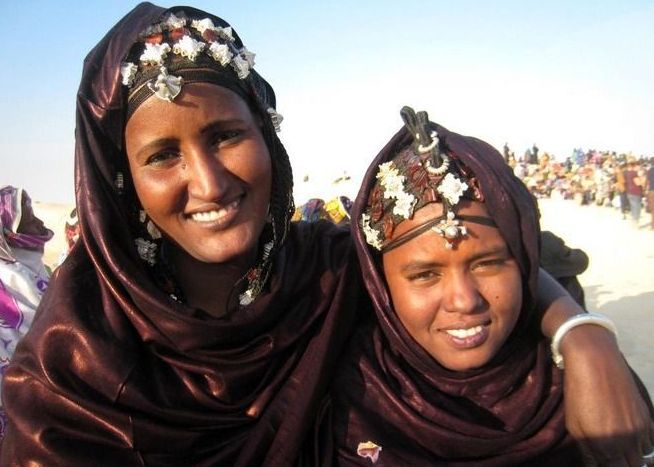 Women from North Africa. Image supplied by Dina Yassin
Women from North Africa. Image supplied by Dina Yassin
What advice do you have for young Arab and African women regarding the study and understanding of their cultural roots, especially as it relates to fashion and dress?
"We need to always maintain our own cultural roots, whether it is through dress, custom or heritage because it allows us to identify with other people of similar background and mindset as well as establishing a strong understanding of who we really are. We have a sense of belonging and unity with others, and by connecting with tangible cultural heritage such as dress, it is an instrument of expression and creativity that can be shared with many through various avenues such as stories, films, and so on. Our values and customs will also be inspirational to many…"
When we think about Arab and African interdependence and cultural overlap most people only think of the MENA region and the parts of Africa with Islamic influence, yet most of Africa has been influenced by Arab trade in some form or another over the centuries, and left behind a legacy, in many cases in the form of cloth, beads and garments. How important do you think it is to still recognise those roots and how do we bring it into the future?
"Well, let me say that these aspects are just as important as how much Africans have also impacted and left legacies globally through history, tradition and culture. They have all provided a unique cultural taste through the art of dress, the influential beauty of modesty, and the appreciation of diversity among innumerable other sources of inspiration. Together, we have all taught and shared our skills to fully embrace the various methods of creating fabric, an integral part of everyday life since prehistoric times and a flexible medium that has created and continues to create, memorable works of art."
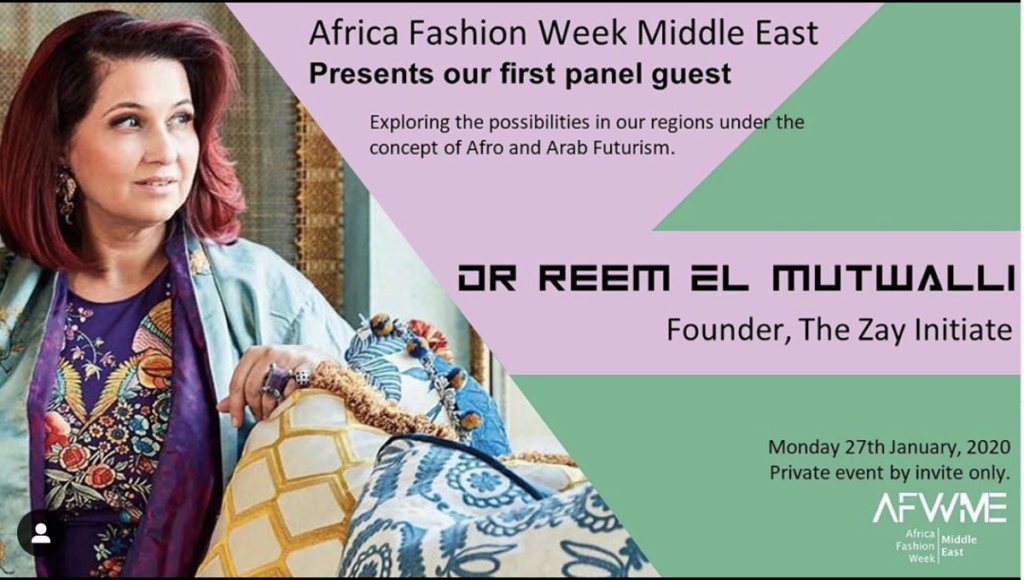 Collaboration between The Zay
Zay: (Arabic: costume, Pl. azyaā’), a set of clothes in a style typical of a particular country or historical period. Initiative and AFWME
Collaboration between The Zay
Zay: (Arabic: costume, Pl. azyaā’), a set of clothes in a style typical of a particular country or historical period. Initiative and AFWME
Anything else that you think is important for
The Zay
Zay: (Arabic: costume, Pl. azyaā’), a set of clothes in a style typical of a particular country or historical period. Initiative readers and followers to understand about African-Arab dress and fashion?
"I would like to thank you for this wonderful opportunity and hope that we can work together in future to build a fruitful relationship that can be beneficial to both us. I, and on behalf of AFWME, would like to wish you all the best with all your endeavours."
Thank you, Dina, Aser and Badrriya. Keeping our heritage alive, creating a future, and building relationships across the region is an important part of what we at The
Zay
Zay: (Arabic: costume, Pl. azyaā’), a set of clothes in a style typical of a particular country or historical period. Initiative strive for, and we are happy to share this vision with AFWME.




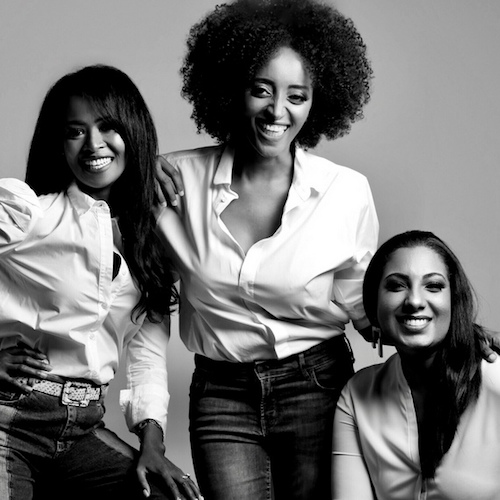
 Aser Levron, Dina Yassin and Badrriya Henry, founders of AFWME. Image supplied by Dina Yassin
Aser Levron, Dina Yassin and Badrriya Henry, founders of AFWME. Image supplied by Dina Yassin Dina Yassin. Image supplied
Dina Yassin. Image supplied Arab dress influence in East Africa. Image supplied by Dina Yassin
Arab dress influence in East Africa. Image supplied by Dina Yassin Women from North Africa. Image supplied by Dina Yassin
Women from North Africa. Image supplied by Dina Yassin Collaboration between The Zay
Zay: (Arabic: costume, Pl. azyaā’), a set of clothes in a style typical of a particular country or historical period. Initiative and AFWME
Collaboration between The Zay
Zay: (Arabic: costume, Pl. azyaā’), a set of clothes in a style typical of a particular country or historical period. Initiative and AFWME